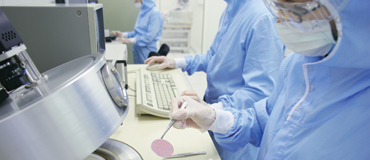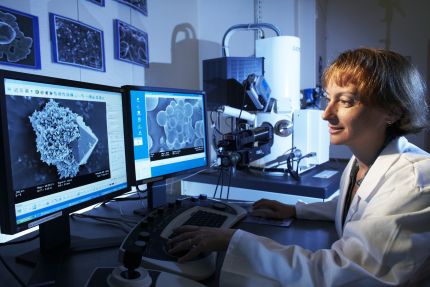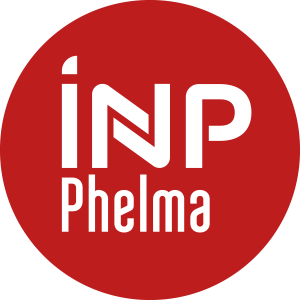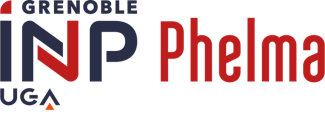
4 Phelma-specific technological platforms
These platforms, which allow the various teaching activities in the form of practical work and in design offices, concern the fields of EEA (electronics, electrical engineering and automation management), Materials, Physics, Biotechnologies, Chemistry and Electrochemistry.
Unique potential in France of intercollegiate technological platforms and "Great Instruments"
The CIME Nanotech
Set up on more than 2,800 m2, the Centre Interuniversitaire de MicroElectronique et 
- Clean room: 350 m2 dedicated to micro and nanotechnologies
- Electric characterisation
- Nanoworld: for images at nanoscale
- Design and testing of integrated circuits
- Communicating objects: Systems On Chip
- Microwave frequencies and guided optics
- Biotechnologies
- Micro-systems and sensors
Many teachers at the Phelma School take part in the development and upgrading of experiments proposed by the CIME Nanotech.
The nuclear physics platform
This interuniversity practical work platform covers a broad field of nuclear physics (radioactivity, neutron physics and cosmic radiation), as well as its applications in the field of environment (search for pollutants at the scale of trace) and the medical field (tomography).
The Consortium of common technological means (Consortium des Moyens Technologiques Communs - CMTC)

This set of matter investigation means shared by several laboratories of the Grenoble site, is widely used by the students for electron microscopy and the structural study of materials (microprobe, X-ray diffraction and Raman spectroscopy).
The large European instruments of the Grenoble site
- Synchrotron (ESRF)
- Neutron reactor (ILL)
The students are granted a privileged access to these instruments in the scope of practical work or projects. This is a unique asset for the training in the most modern tools for matter investigation at nanoscale.


